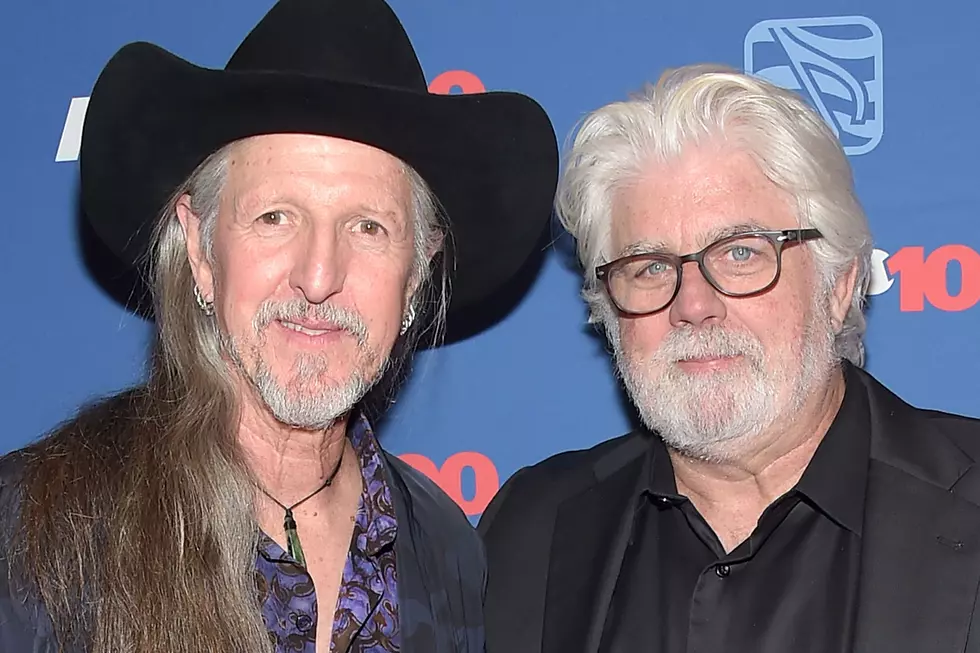
Why the Doobie Brothers Only Play One Michael McDonald Song Live
Doobie Brothers guitarist and singer Patrick Simmons explained that the band have a very good reason for only playing one song from their Michael McDonald era at their concerts.
McDonald joined the Doobies in 1975 and his contribution lent a softer, bluesier feel to their album, Takin’ It to the Streets, which exposed them to a new audience and assured success in the future. They broke up in 1982 but the five-time Grammy winner returned for a reunion in 1987, and has since appeared with them again on a number of occasions.
On the road today, the Doobies only perform the title track from Takin’ It to the Streets. “We don’t really do that many of Mike’s tunes live, just simply because it doesn’t make sense," Simmons said recently. “The only song that we usually throw into the set that Mike wrote is ‘Takin’ It to the Streets,’ just because we can do a credible rendition of it.”
He added: “[I]t’s fun to have something from that era that kind of bridges that gap and reminds people that there was more to the band than what we’re doing at the moment. Playing those songs is always a treat.”
The Doobie Brothers – ‘Taking It to the Streets’
Simmons emphasized that there was no bad blood with McDonald, and said the band would “jump at the chance” to work with him again. “I’m probably closer to Mike than anybody in the band, as far as continually staying in touch," he reported. As the Doobies wait to see if they’ll secure induction into the Rock and Roll Hall of Fame next year, he added that McDonald might get in as a solo artist one day. “He’s done a lot on his own beyond the band, so he deserves a lot of recognition for his contributions to music.”
Last year, McDonald spoke equally warmly about Simmons, telling Billboard: “Pat Simmons and I always had a great blend together. We did the background vocals on a Little Feat track called ‘Red Streamliner,’ and that was great fun. On a lot of the Doobie Brothers stuff, Pat and I always seemed to blend together for backgrounds.”
He also reflected on how he’d gained a reputation for appearing on so many albums in the ‘70s, saying: “I had been criticized. I was a background singer in Hollywood. A chance to sing with some of the greatest background singers ever, I felt like it was a real feather in my cap as a vocalist to be able to hang on those dates.
“It was amazing the cast of characters that would do backgrounds. I think we all did it for the same reason -- to keep our ear to the ground to hear what other people were doing. To be involved before it was actually mixed was always a neat experience; most of the time we weren’t getting paid. I still to this day always enjoy it. it’s great, interesting music that I love being able to be some small part of.”
Doobie Brothers Lineup Changes: A Complete Guide
More From Classic Rock 105.1










